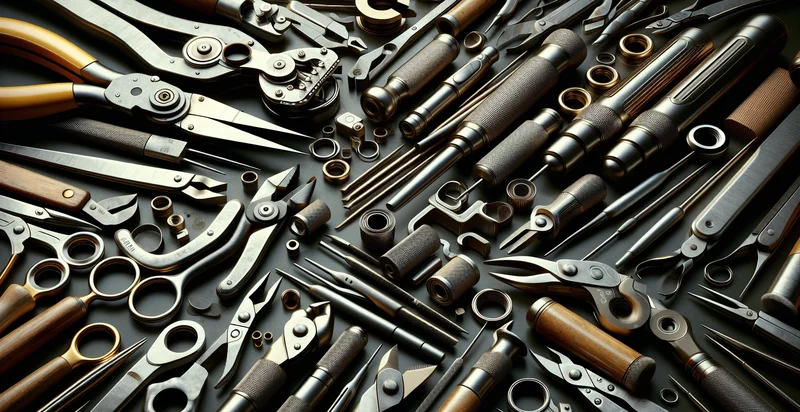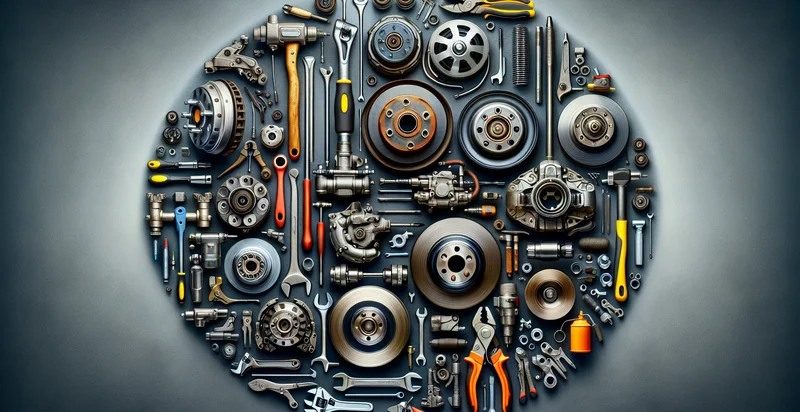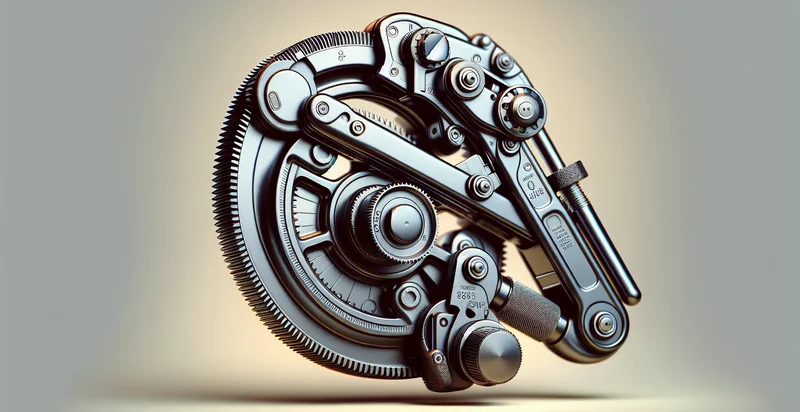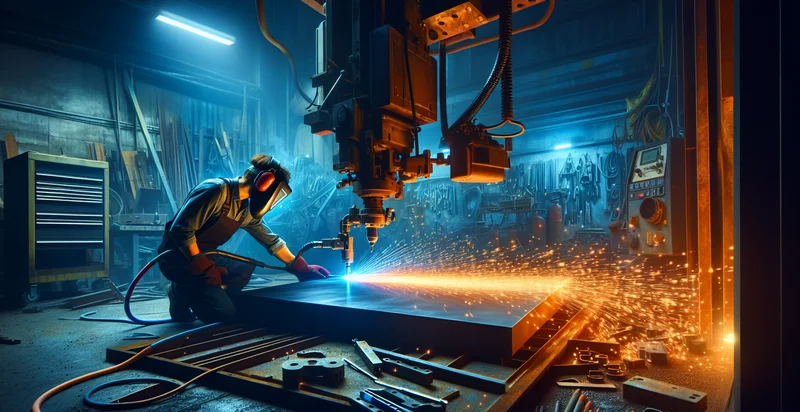Identify cutter type
using AI
Below is a free classifier to identify cutter type. Just upload your image, and our AI will predict what type of cutter it is - in just seconds.

Contact us for API access
Or, use Nyckel to build highly-accurate custom classifiers in just minutes. No PhD required.
Get started
import nyckel
credentials = nyckel.Credentials("YOUR_CLIENT_ID", "YOUR_CLIENT_SECRET")
nyckel.invoke("cutter-type", "your_image_url", credentials)
fetch('https://www.nyckel.com/v1/functions/cutter-type/invoke', {
method: 'POST',
headers: {
'Authorization': 'Bearer ' + 'YOUR_BEARER_TOKEN',
'Content-Type': 'application/json',
},
body: JSON.stringify(
{"data": "your_image_url"}
)
})
.then(response => response.json())
.then(data => console.log(data));
curl -X POST \
-H "Content-Type: application/json" \
-H "Authorization: Bearer YOUR_BEARER_TOKEN" \
-d '{"data": "your_image_url"}' \
https://www.nyckel.com/v1/functions/cutter-type/invoke
How this classifier works
To start, upload your image. Our AI tool will then predict what type of cutter it is.
This pretrained image model uses a Nyckel-created dataset and has 21 labels, including Angle Cutter, Band Cutter, Chop Saw Cutter, Circular Cutter, Crimping Cutter, Electric Cutter, Fabric Cutter, Glass Cutter, Handheld Cutter and Jigsaw Cutter.
We'll also show a confidence score (the higher the number, the more confident the AI model is around what type of cutter it is).
Whether you're just curious or building cutter type detection into your application, we hope our classifier proves helpful.
Related Classifiers
Need to identify cutter type at scale?
Get API or Zapier access to this classifier for free. It's perfect for:
- Quality Assurance in Manufacturing: This function can be integrated into manufacturing processes to identify and classify different types of cutter tools based on image input. By ensuring only the correct cutter types are used, manufacturers can enhance product quality and reduce defects in their production lines.
- Inventory Management for Tool Suppliers: Suppliers can utilize this image classification function to automatically categorize and track various cutter types in their inventory. This automation can lead to improved inventory accuracy, better tool management, and reduced chances of stockouts or overstocking.
- Maintenance Scheduling in Workshops: Maintenance teams can use the classifier to identify specific cutter types needing sharpening or replacement. By implementing this hourly recognition, they can schedule maintenance activities more proactively, thus minimizing tool downtime and enhancing operational efficiency.
- Training and Skill Development: Companies can develop training programs that leverage this image classification function to teach employees about various cutter types. By providing real-time feedback on the identification of tools, employees can quickly learn proper usage and best practices, leading to a more skilled workforce.
- E-commerce Platforms for Tool Sales: E-commerce websites can integrate this classification function to help customers easily find the right cutter tools based on their images. This technology can enhance the shopping experience, reducing return rates due to customers ordering incorrect products.
- Safety Compliance Monitoring: Organizations can deploy this function in safety audits to ensure the correct cutter types are in use and assess their condition. By identifying the right tools, companies can maintain safety standards, reduce accidents, and comply with regulatory requirements more effectively.
- Robotics and Automation Systems: Robotics systems in factories can use this image classification to automate actions involving different cutter types. This could streamline logistics and operational tasks, as robots would be able to pick and place the right tools automatically according to specific job requirements.


